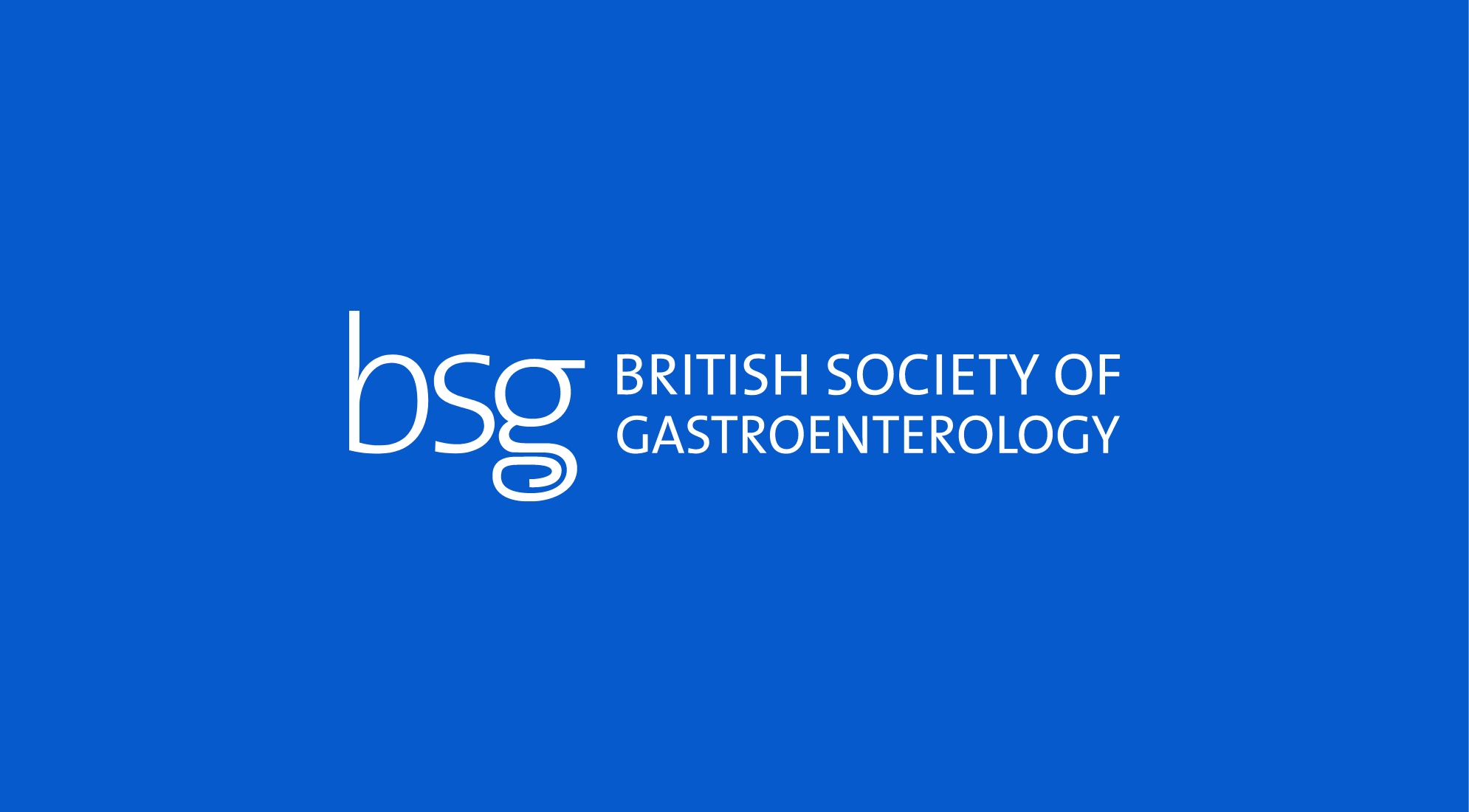The evidence supports the routine adoption of a change to the Enhanced Liver Fibrosis (ELF) test score cut-off from 10.51 to 9.8 to diagnose advanced fibrosis (AF) in people with metabolic dysfunction-associated steatotic liver disease (MASLD) in any healthcare setting. Evidence for use of a two-step pathway using the Fibrosis-4 (FIB-4) index, followed by an ELF test for people with an indeterminate FIB-4 score in primary care, is promising, but insufficient to support routine adoption. Evidence exists for the diagnostic accuracy of the ELF test at a cut-off of 9.8 to diagnose AF in people with MASLD. Use of a two-step pathway may reduce unnecessary referrals to secondary care. Health economic assessment estimates that reducing the ELF test cut-off from 10.51 to 9.8 is likely to be cost effective, with an incremental cost-effectiveness ratio of £14,842 per quality-adjusted life year gained. Cost effectiveness remained in a scenario reducing the ELF test cut-off in a two-step pathway following an indeterminate FIB-4.
Read More

Guidelines
Clinical Resources Area
BSR guideline for the prescription and monitoring of conventional synthetic disease-modifying anti-rheumatic drugs
clinical-resource/Prescription-monitoring-anti-rheumatic-drugs
This guideline has been endorsed by the BSG.

Clinical Resources
Guidelines
Colorectal
Endoscopy
BSG/ACPGBI guidelines on the role of FIT in the endoscopic investigation of IDA 2025
clinical-resource/Role-of-FIT-in-the-investigation-of-IDA
This guideline was published in October 2025.